According to National Archives Center I, the reorganization of the local administrative apparatus during the reign of King Minh Mang of the Nguyen Dynasty was a particularly important milestone that still retains its value today.
Nguyen Dynasty and local administrative organization model
King Minh Mang was the second emperor of the Nguyen Dynasty, reigning from 1820 to the end of 1840. During his 20 years in power, King Minh Mang was considered an active, decisive emperor with many innovative reforms. In 1831 - 1832, in order to unify administrative units throughout the country, King Minh Mang carried out an extremely large-scale reform throughout the country. The King believed that the country established towns as a screen, appointed officials to rule, which was a major policy of the court but had to be constantly reviewed and revised to suit the work.
Therefore, for local administrative organization, the King abolished the two large towns, Bac Thanh and Gia Dinh, along with the Truc Le military units established under King Gia Long. The King changed all administrative units of the military zones and towns, unified them into provinces, and then divided the whole country geographically into three regions called Bac Ky, Trung Ky and Nam Ky. Bac Ky included 13 provinces: Cao Bang, Lang Son, Hung Hoa, Thai Nguyen, Tuyen Quang, Son Tay, Quang Yen, Bac Ninh, Hai Duong, Hung Yen, Ha Noi , Nam Dinh and Ninh Binh. Trung Ky included 1 Thua Thien prefecture as the capital and 11 provinces: Thanh Hoa, Nghe An, Ha Tinh, Quang Binh, Quang Tri, Quang Nam, Quang Ngai, Binh Dinh, Phu Yen, Khanh Hoa, Binh Thuan. Nam Ky included 6 provinces also known as "Nam Ky Luc Tinh": Gia Dinh (Phien An), Bien Hoa, An Giang, Vinh Long, Dinh Tuong and Ha Tien.
After redistributing the provinces, for ease of management, King Minh Mang merged 2 or 3 provinces into one district and established officials to oversee them.
Not only did the local administrative organization change, history also recorded that the Nguyen Dynasty had many policies of innovation and reform. In the early years when the Nguyen Dynasty was newly established, it implemented a commendable policy of letting people rest after long years of war, "heavy taxes and corvee, many people were displaced, fields were deserted, years of war, and people were exhausted" (Dai Nam Thuc Luc), building plantations and businesses, developing agriculture ... King Gia Long ordered a 1-year tax exemption for the people, re-established the population register, adjusted tax regulations, implemented land and poll taxes. In 1804, Nguyen Anh allowed military land, stipulated that public land was divided every 3 years. In 1839, the Nguyen Dynasty issued an order to confiscate half of private land and divide it among farmers. This policy was supported by the people and limited the monopoly of landlords in the possession of public land, buying and selling fields...
According to Dai Nam Thuc Luc Chinh Bien, the policy of the Nguyen Dynasty was to pacify the refugees, reclaim plantations, and "order agricultural promotion" in the Gia Dinh area, advise the people and soldiers to reclaim land, cultivate, and cultivate well, and establish plantations... In the early years of the Nguyen Dynasty, many plantations were established in the South and Central regions by Vietnamese and Chinese refugees, exiles, soldiers... Many plantations were turned into villages. The largest plantation at that time (1853 - 1854) was managed by Nguyen Tri Phuong - Kinh Luoc Su of the South, with 124 hamlets in 6 provinces.
At the end of King Minh Mang's reign (1828), Nguyen Cong Tru, who was then the Military Counselor of Bac Thanh, proposed a form of land reclamation: doanh dien. This was a very new form of land reclamation with budget support from the state and assigned to officials for management. The land after reclamation would be allocated to those with merit. Nguyen Cong Tru recruited poor people to reclaim land over a large geographical area along the coast of Bac Ky such as Tien Hai district, Thai Binh; Kim Son district, Ninh Binh and even Ha Nam province. The area of reclaimed land reached 409,900 acres with 4,190 men. The form of land reclamation initiated by Nguyen Cong Tru was also applied in Nam Ky. According to Dai Nam Thuc Luc Chinh Bien, the total land area by 1847 was 4,273,013 acres.
The Nguyen Dynasty paid attention to building dikes, dredging streams, canals, etc. King Gia Long allocated funds for dike repairs 11 times, each time from 70,000 to 90,000 quan of money. During the Minh Mang period, the main dike office was established, in charge of irrigation work: 14 times allocated funds (money, rice) for dike repairs.
Transportation and mining were also highly valued by the Nguyen Dynasty. The development of transportation with many post stations meant that it took 9 to 13 days to travel from Hue to Gia Dinh; from Hue to Hanoi it only took 4 to 5 days. The State agreed to set up ferry terminals, and tax collection was in accordance with State regulations. Anyone who collected double or caused difficulties would be punished. At that time, there were 139 mines in the country: 39 gold mines, 32 iron mines, 15 silver mines, and 9 copper mines. In addition, there were mines of Hoa Kieu merchants, ethnic minority chieftains, etc. King Gia Long had a policy of tax reduction for mine owners.
Vietnam has gone through many separations and mergers of provincial administrative units.
The administrative reform of King Minh Mang in the early 1830s left many important marks, not only on the history of the Nguyen Dynasty. This is considered one of the most influential reforms in the history of Vietnam. In particular, the local administrative apparatus after being reorganized under King Minh Mang operated quite effectively. The organization of administrative units remained almost unchanged until the intervention of the French.
Continuing history, according to the 1946 Constitution, the country was divided into three regions: the North, the Central and the South. During the period of 1945 - 1946, our country had 65 provinces. Before the reunification of the country on April 30, 1975, the North had 28 provinces, cities and special zones, while the South had 44 provinces and cities. There were a total of 72 provincial-level administrative units in the country.
Since 1975, Vietnam has undergone many separations and mergers of provincial administrative units, at one point reducing the number from 72 to 38 provinces and cities. Specifically, in December 1975, the 5th National Assembly passed a resolution on abolishing the regional level and merging administrative units, merging a series of provinces in the North and North Central regions. In 1976, the merger process continued to be carried out on a large scale from the North Central region to the provinces of the Southwest and Central Highlands. After these mergers, the whole country had only 38 provincial administrative units. In 1978, the National Assembly approved the expansion of Hanoi's administrative boundaries, and merged 5 more districts into the city. Cao Lang province was divided into two separate provinces, Cao Bang and Lang Son, bringing the total number of provinces and cities to 39. In 1979, Vietnam had an additional provincial-level administrative unit, Vung Tau - Con Dao Special Zone, bringing the total number of administrative units to 40.
In 1989, the number of administrative units in the country increased to 44, including 40 provinces and 3 centrally-run cities, along with the Vung Tau - Con Dao Special Zone. By 1991, the country had 53 provincial-level administrative units, when some previous provinces were re-divided. In 1997, the number of provinces and cities increased to 61 when some provinces continued to split. By 2004, Vietnam continued to split three provinces, bringing the total number of provincial-level administrative units to 64. In 2008, the National Assembly passed a resolution to merge Ha Tay province with some communes of Hoa Binh and Me Linh district (Vinh Phuc) into Hanoi. Since 2008, Vietnam has maintained a total of 63 provincial-level administrative units, including 57 provinces and 6 centrally-run cities.
Innovation policy
Realizing the backwardness and the risk of losing the country, during the Nguyen Dynasty, many social groups sent many initiatives to the royal court. The capital city of Hue was the focal point for receiving thinkers with the policy of reforming and modernizing the country in the 60s of the 19th century.
Many officials, intellectuals, and patriotic Confucian scholars wholeheartedly submitted letters to the capital Hue, such as Nguyen Tu Gian, Nguyen Man, Phan Liem...
In March 1863, from Gia Dinh, Nguyen Truong To, through the Left Deputy Minister of the Ministry of Personnel Pham Phu Thu, sent to the Hue court reports on beliefs; the world situation; reform measures; sending people to study technology abroad; exploiting resources; 6 benefits for the country; preventing the French invasion in Cochinchina; 8 emergencies for the country; trade with the world; military equipment repair; national economy; agricultural policy; the situation in the West; training talents... 60 reports of Nguyen Truong To were sent to the Nguyen court.
After his trip to France to redeem the three provinces of the South, Pham Phu Thu wrote five books about Western civilization. In 1873, he submitted a petition to the court to reorganize military equipment, establish friendly relations with the great powers, open trade and establish a Consulate in Hong Kong to communicate with foreign countries. The Nguyen Dynasty also understood the pain of losing the country and the fear, and made reforms and innovations such as: expanding commercial activities, trading with England, Spain, Germany, China, Hong Kong (China)... The court established the ports of Nhu Vien, Song Cam, Hai Duong, and reduced taxes to attract foreign merchants. In April 1876, the ban on going to sea for trade was lifted, allowing freedom of foreign trade, building steamships...
The Nguyen Dynasty also encouraged the development of education, examinations, studying French, and providing financial support for studying abroad in the West to study science and technology, and produce weapons... Although there were many efforts to reform and innovate the country from agriculture, commerce, science and technology, education, political ideology...
Tuan Ngoc (synthesis)
Source: https://baophapluat.vn/mot-goc-nhin-ve-luoc-su-hanh-chinh-viet-nam-post545152.html



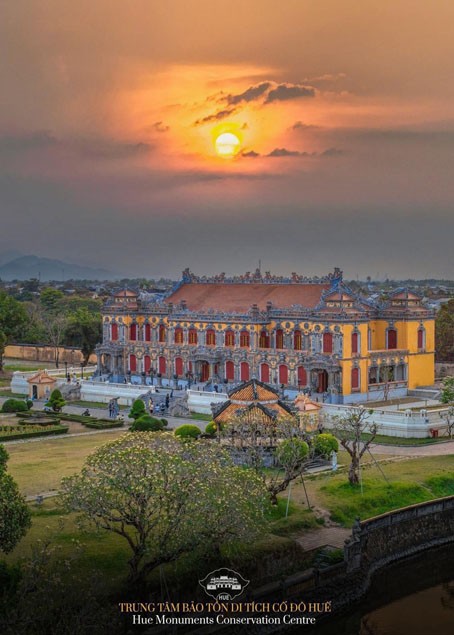




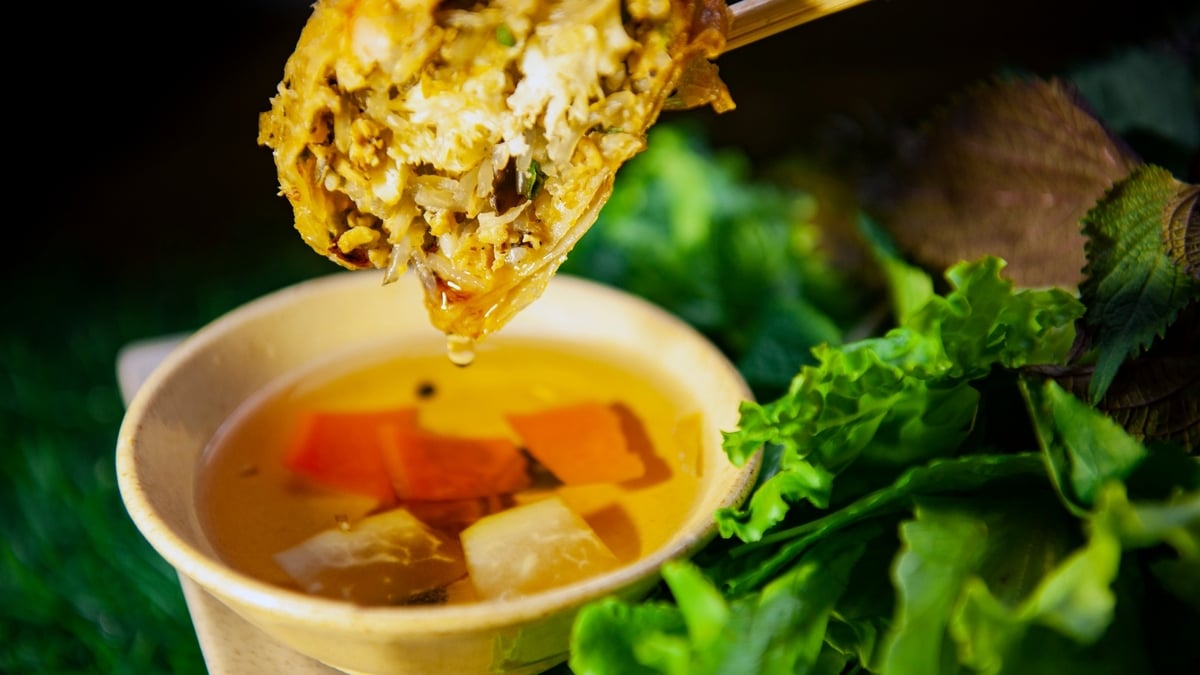

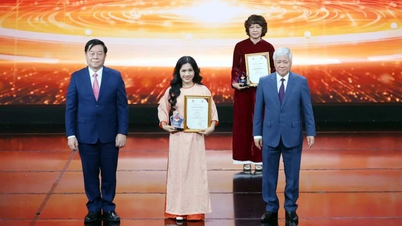

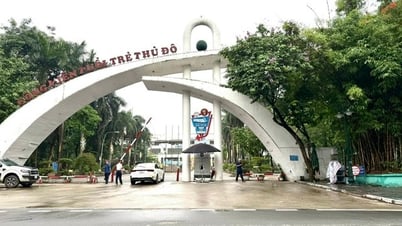

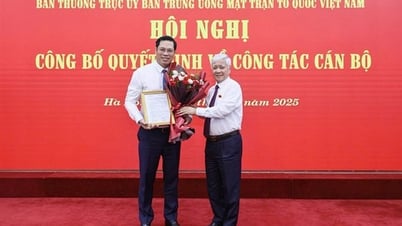

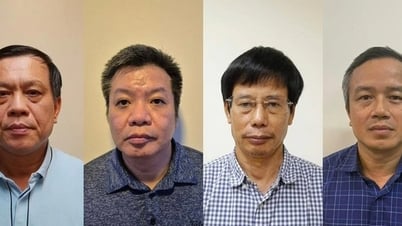
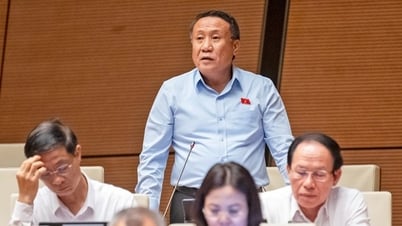





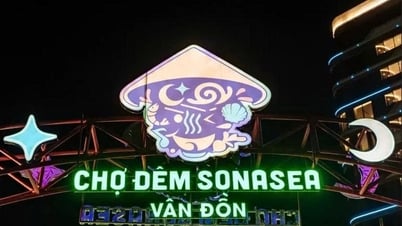
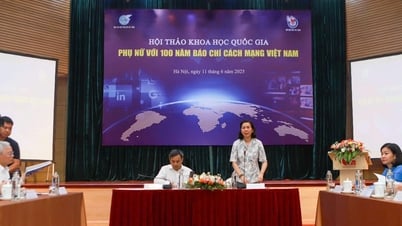
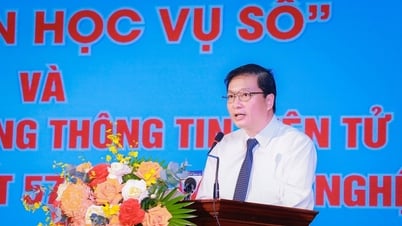





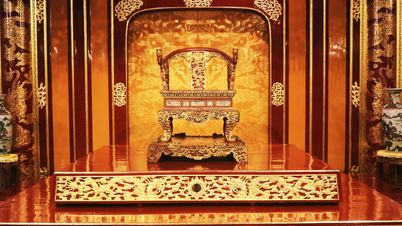

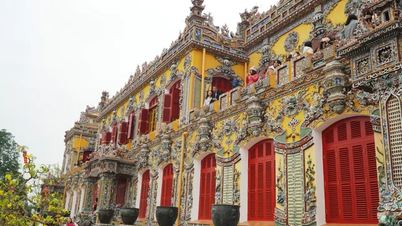



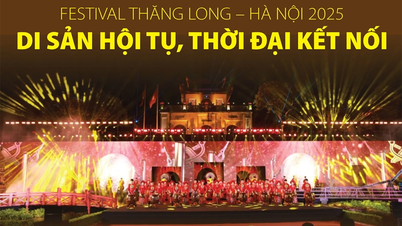

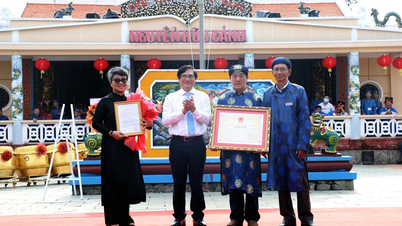

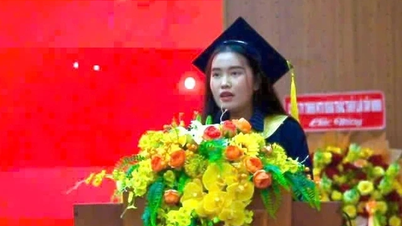

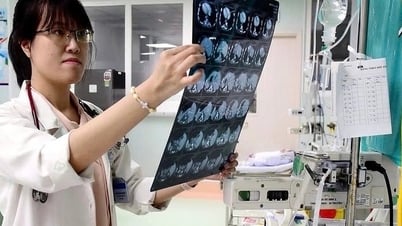

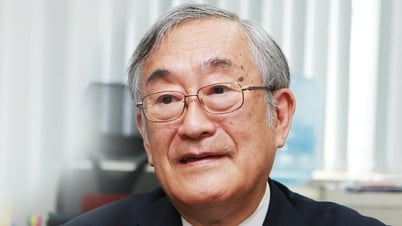







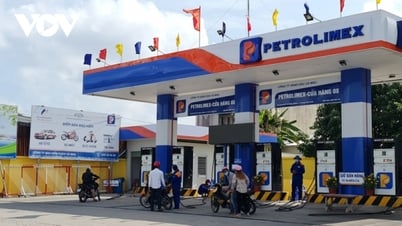

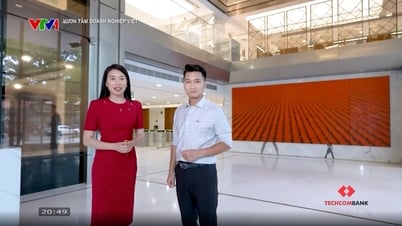
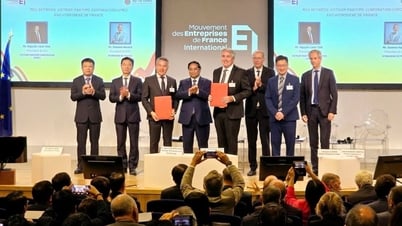
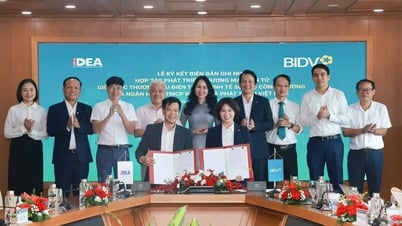

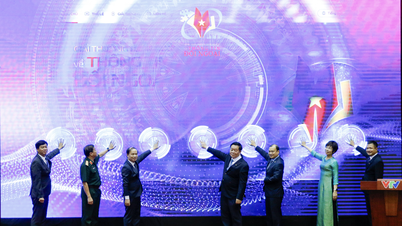
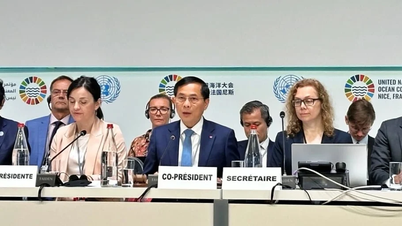

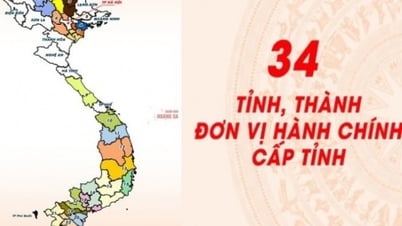

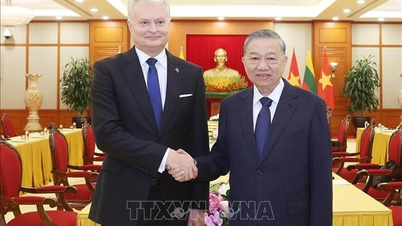





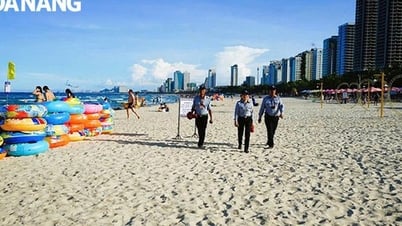


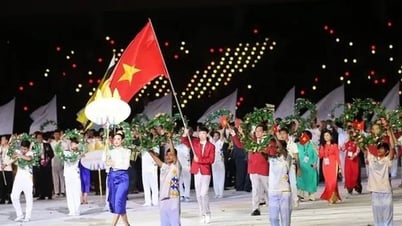



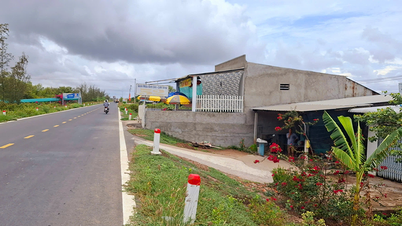



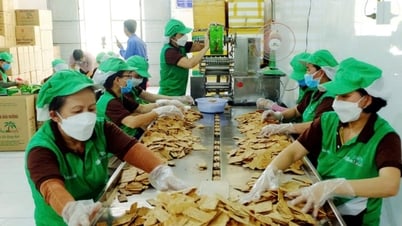







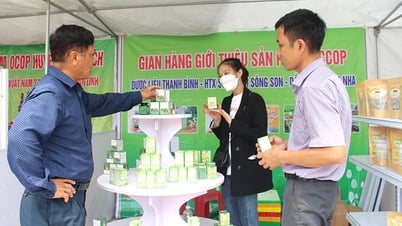





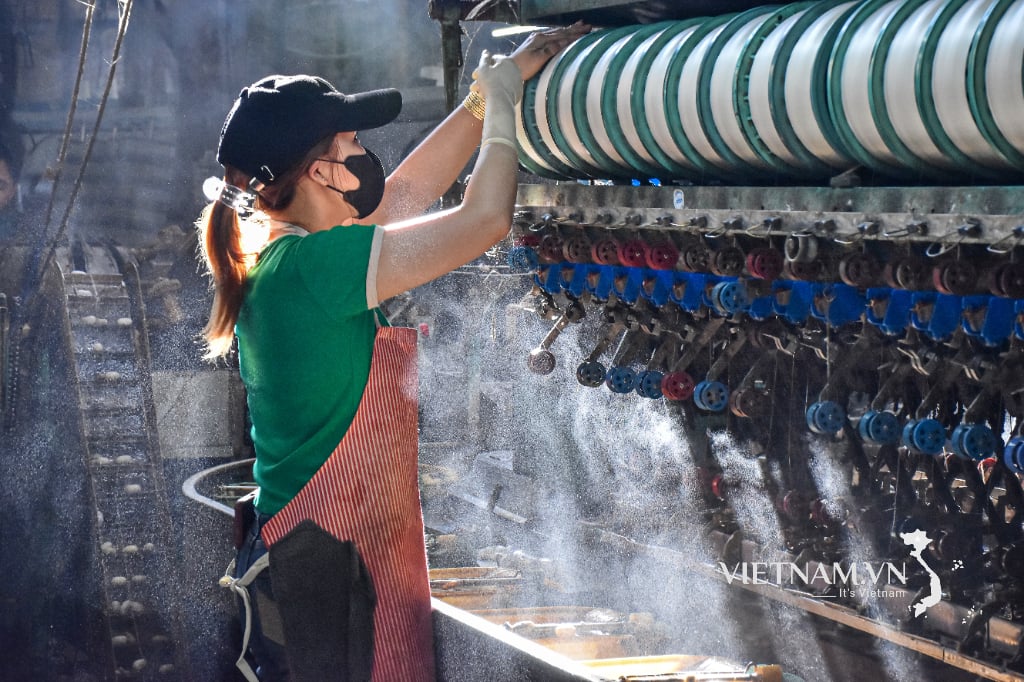

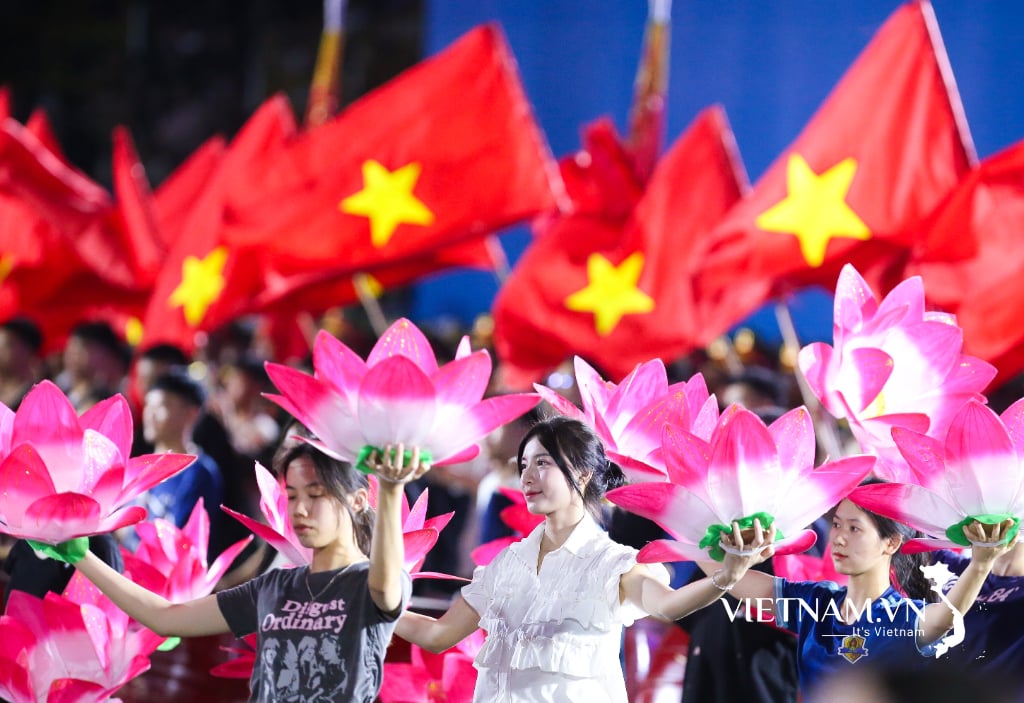
Comment (0)